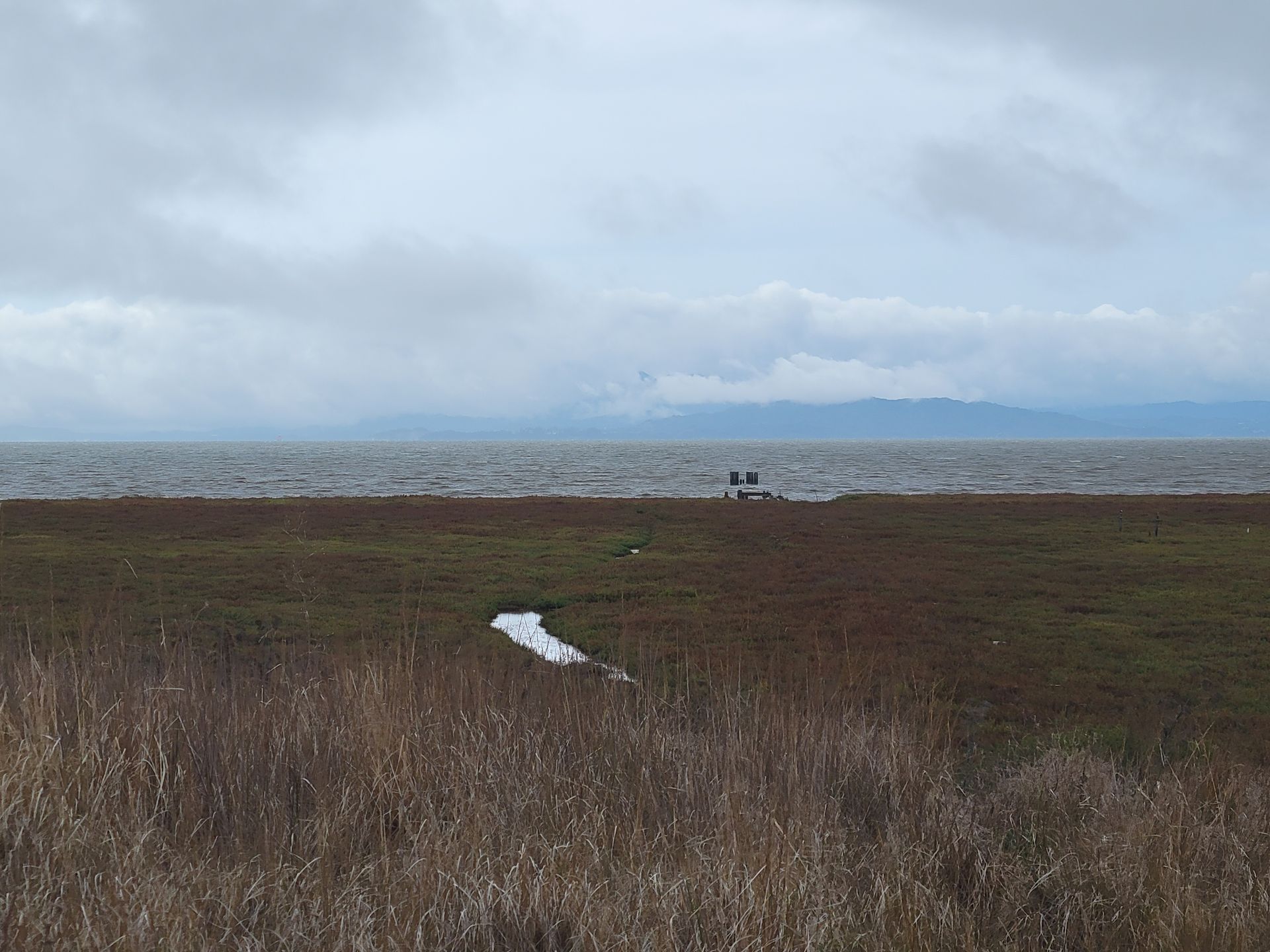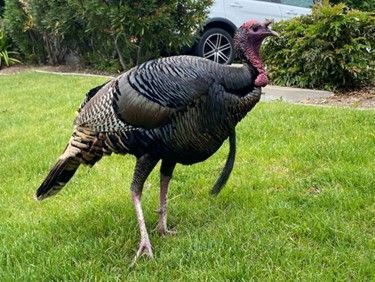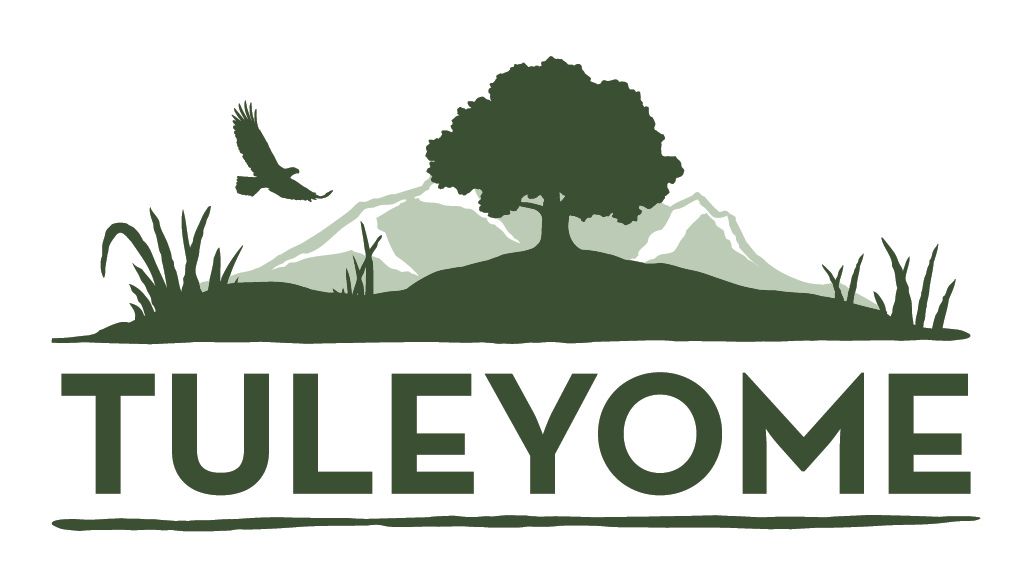Monumental Questions - Coyotes
 Coyote by National Park Service
Coyote by National Park Service
The Berryessa Snow Mountain National Monument supports many different types of wildlife and they’re all important to the ecosystem but the coyote, Canis latrans , is definitely one of the most adaptable and likely most intelligent species present.
Once found only in the southwest and great plain of North America, the coyote is now found from Panama to Alaska, and from the west coast of the US to the east coast US. As settlers migrated west, the coyote also expanded their range westward and now occupies nearly every corner of North America and into Central America. They are extremely adaptable and can be found in nearly every terrestrial biome including deserts, savannas and grasslands, chaparral, forests, scrub and mountains. But they don’t just stay in unpopulated areas, they have also become common neighbors in agricultural, rural residential and suburban areas as well. Urbanized coyotes are far less shy than their rural relatives and have become accustomed to eating cultivated fruits, pet food and sometimes unattended pets. Because of their ingenuity and adaptability, they have learned to thrive in almost any environment and unfortunately, the coyote is sometimes feared as a neighbor.
Coyotes are between the size of a wolf and a fox, although that’s a tough comparison because both of those are less likely to be seen than a coyote. Coyotes’ weights vary greatly between about 20 pounds and close to nearly 50 pounds. They look relatively similar to German Shepherd dogs in shape and coloration with a long, narrow snout, erect pointed ears and golden eyes. Their backs are usually yellowish gray with a darker cross made of coarse hair between their shoulders and a stripe down the middle of their backs. They have a lighter, whitish throat and belly and the sides of their head and muzzle, forelegs and feet are a darker sometimes reddish brown. Their drooping, black-tipped tails are long and bushy and are usually positioned between their hind legs, even when running or trotting. Like their domestic dog cousins, coyotes shed their coats as the weather warms up. It begins with light shedding in the spring and then progresses into profuse shedding in the early summer months. It is generally believed that coyotes are monogamous and remain together for years if not life. Mating season occurs between January and March and usually about six pups are born in late spring. Dens are sometimes freshly dug but often the pair will remodel an existing badger or fox burrow and are used year after year. Both parents forage and feed the pups which usually disperse after about six months but sometimes remain with the family for an entire year. Female pups may stay with the parents for their entire lives.
Coyotes are primarily carnivores and a large majority of their diet consists of small mammals, birds, snakes and large insects but they are also scavengers and will eat carrion. They also eat plants, fruits and veggies when available. Coyotes have been observed teaming up with badgers to hunt small burrowing animals, each using their individual skills to benefit the partners; badgers are slow on land but speedy excavators and coyotes are fast on land but slow diggers. The badger digs up the prey and the coyote runs it down as it tries to flee.
If you haven’t seen a coyote, maybe you’ve heard one. They’re by far one of the most vocal mammals; Native Americans called the coyote “Song Dog” and their Latin name, Canis latrans , translates to “barking dog”. They have been documented as making eleven different vocalizations including variations of woofs, barks, growls, howls, yips and yelps. These vocalizations help them communicate with other coyotes in their family and to manage territory boundaries with other coyotes outside of their pack. Sometimes just two coyotes chatting can sound like many because of the variety of vocalizations.
Coyotes are most active after dusk and during the night but they have been seen at all times of the day as well. They are an important part of the ecosystem and provide many benefits. They help keep the agricultural pest population in check by hunting rabbits and small mammals and as scavengers, they help keep the environment free of animal remains. The presence of coyotes also limits other mesocarnivores such as skunks, raccoons, foxes and feral cats which in turn has benefited the ground-nesting and song bird diversity and populations. And, they help to keep rodent-born diseases down by helping to control the vermin population. Through the years, people have blamed coyotes for livestock depredation, attacks on humans and rabies transmission. Most states have no limit on the number of coyotes that can be killed and some of them support it by having gruesome coyote bounty contests. Interestingly though, trying to eradicate coyotes has done just the opposite. Because they are so highly adaptable, coyote populations boom under pressure. They are able to break their packs into smaller groups and flee danger, they readily adapt to new environments and their litter size increases when there are fewer of them. Coyotes have learned to solve problems through team work and have thus continued to thrive in all environments. If you’d like to learn more about co-exiting with coyotes visit Project Coyote .
Stay tuned for Tuleyome’s Nature and You Lecture in April to learn more about coyotes!
-Kristie Ehrhardt ( kehrhardt@tuleyome.org )
Tuleyome Land Conservation Program Manager
Looking for more articles like this? Click the hashtag below!
RECENT ARTICLES






